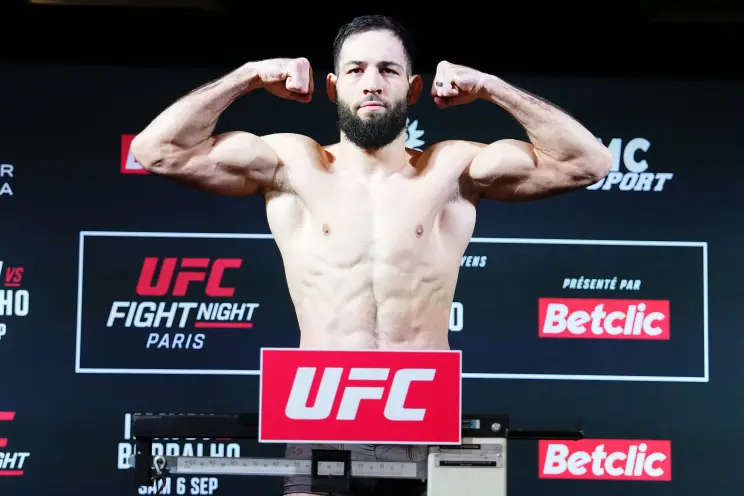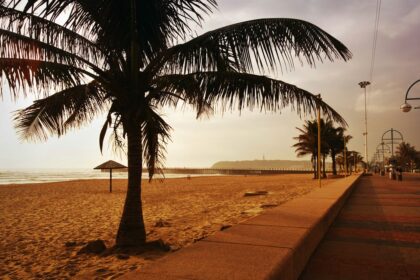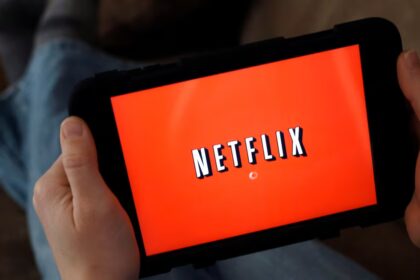At YourDailyAnalysis, we emphasize that Hawaii Governor Josh Green’s initiative to bring UFC to the new stadium is not just a sports project, but a strategic move for the state’s long-term economic development. The opening of the New Aloha Stadium Entertainment District (NASED), scheduled for March 2029, could become a turning point for the region. For the first time, discussions are not limited to hosting a single UFC event but extend to creating a full-fledged partnership that includes a Performance Institute training facility similar to those already operating in Las Vegas, Shanghai, and Mexico City.
Talks between Governor Green, UFC President Dana White, and Hawaii’s own BMF champion Max Holloway highlight that the interest in bringing UFC to Hawaii is serious. At YourDailyAnalysis, we note that Holloway, as a native of Hawaii, has long advocated for an event in his homeland, and this plan now appears closer to reality.
The NASED project is designed as a multifunctional hub, combining not only a modern sports arena but also residential complexes, hotels, retail outlets, and entertainment spaces. At YourDailyAnalysis, we see this as a long-term strategy: building infrastructure that allows Hawaii to integrate into the global sports ecosystem, where UFC holds the status of a billion-dollar brand with a worldwide audience.
The main driver of this project is tourism. By our estimates, Hawaii could attract tens of thousands of additional tourists each year solely through regular UFC events. At YourDailyAnalysis, we emphasize that Hawaii’s UFC fan base is among the most engaged in the U.S., and its potential has been underestimated until now. Unlike previous years, when UFC hesitated due to weather concerns, the new covered arena eliminates this problem, ensuring year-round hosting opportunities.
The economic impact could be massive. At YourDailyAnalysis, we forecast that in the first three years of NASED’s operations, Hawaii’s tourism revenues could grow by more than $1 billion. This effect will ripple across hotels, services, restaurants, transportation, and even real estate. Furthermore, a training facility would attract professional athletes and teams worldwide, creating a steady inflow of visitors and generating long-term employment opportunities for local communities.
Yet, we also stress the risks. A project of this scale demands transparent management, strict adherence to construction timelines, and disciplined financing. Experience from similar initiatives shows that without effective oversight, delays and cost overruns are inevitable. At YourDailyAnalysis, we believe that success will largely depend on the government’s ability to coordinate with investors and international partners.
For UFC, this is also a strategic expansion: the organization secures a unique entry point into the Pacific region, strengthening its global presence and influencing sports culture across the Asia-Pacific. This move enhances brand value while diversifying revenue streams through media rights, licensing, and tourism-driven services.
Our conclusion: the NASED project and potential UFC partnership are not merely investments in sports but investments in Hawaii’s future. At Your Daily Analysis, we are confident that, if executed effectively, this initiative could spark a new wave of economic growth for the state. We recommend that investors pay close attention to adjacent industries – from hospitality and retail to sports technology and media. Hawaii has the potential to become a global hub for sports and entertainment, with UFC as the flagship of this transformation.















